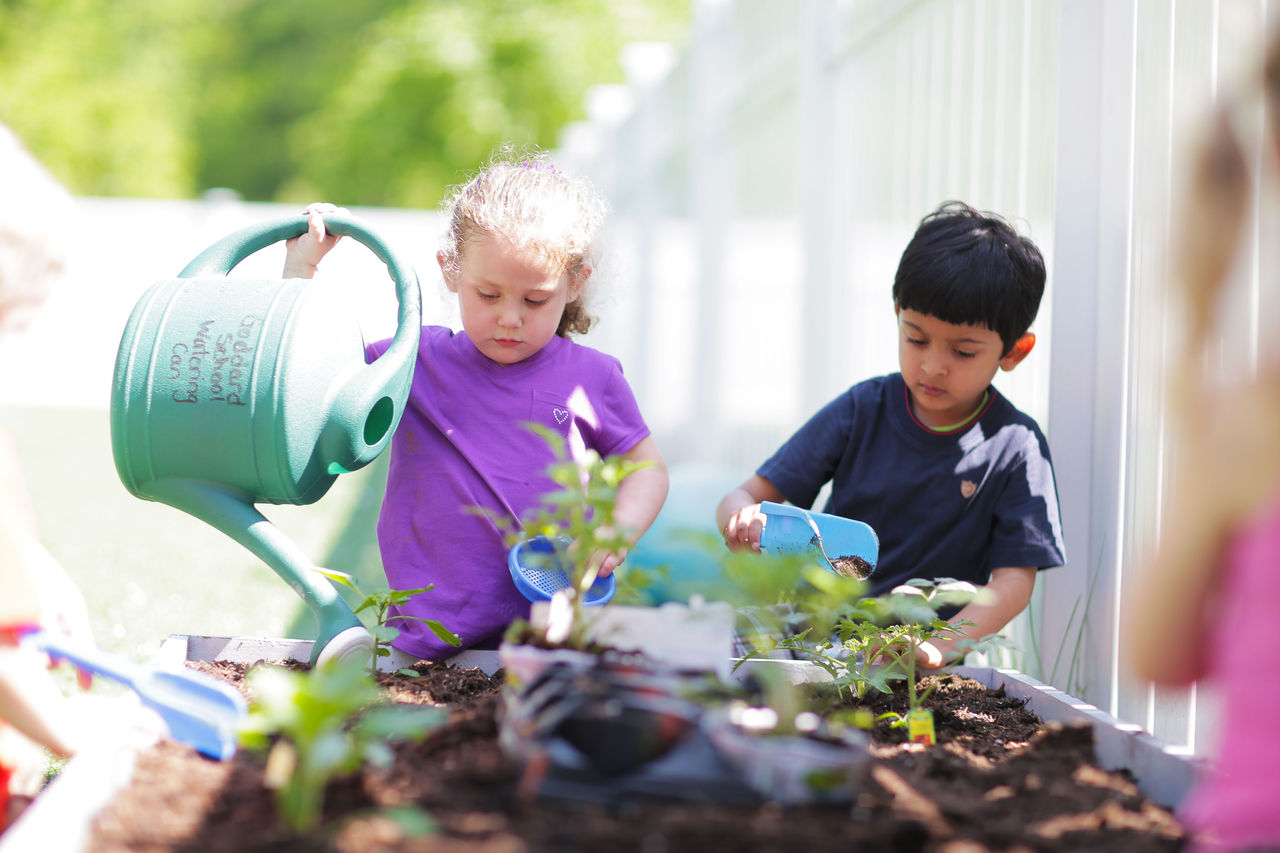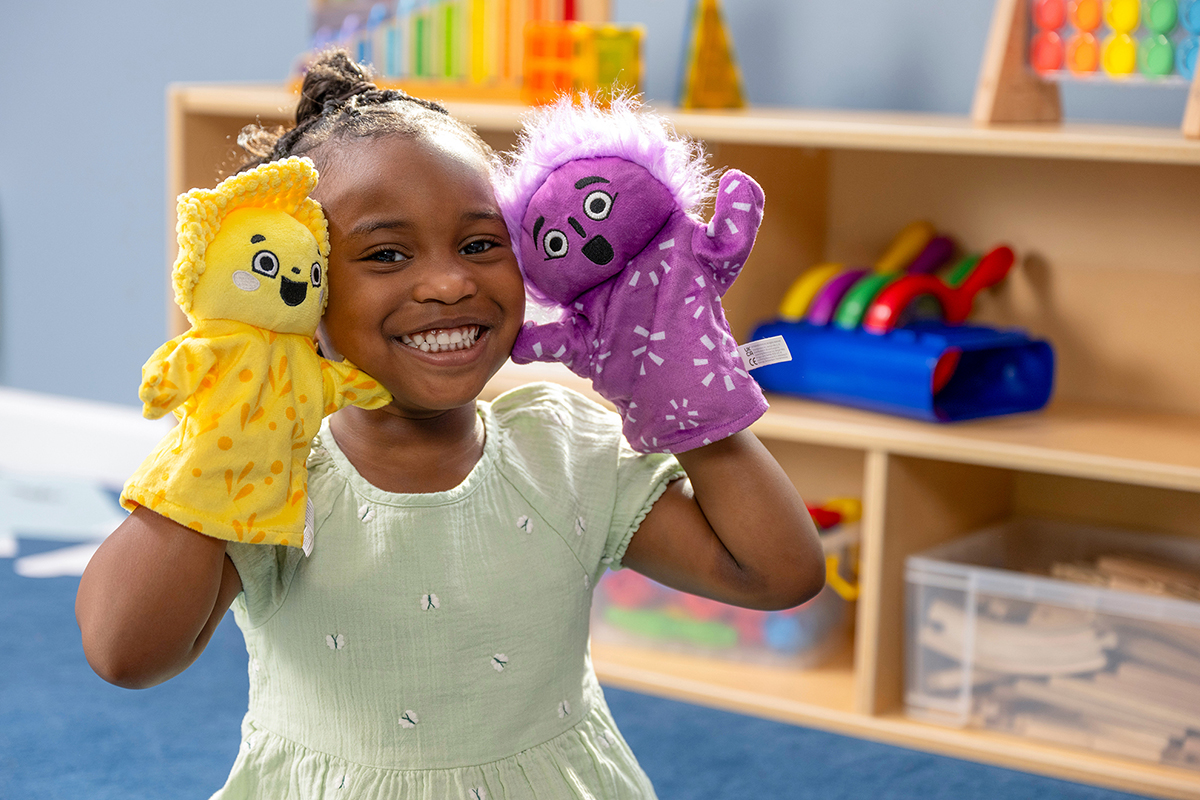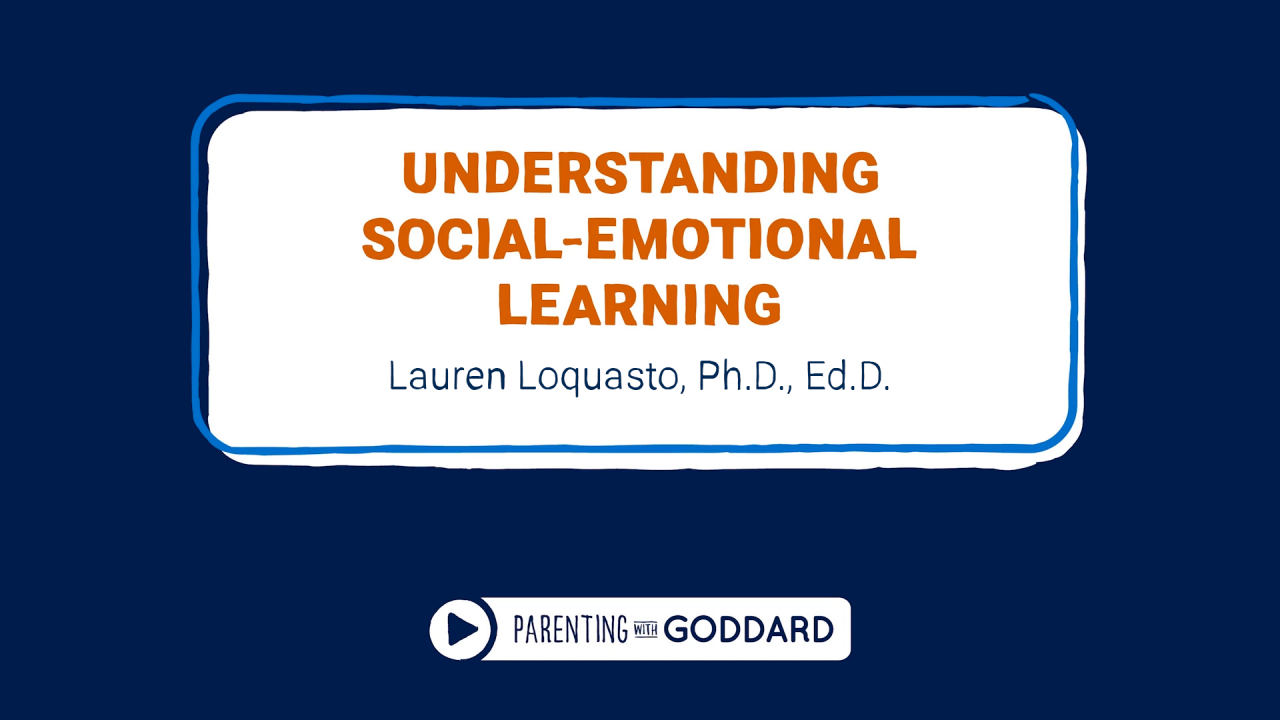Even as an adult, I am awed by watching seeds germinate. I check my pots every morning in case a squash plant has grown an inch overnight.
As you begin planting this year, plan ways to include your children. They will also be amazed by how seeds grow into plants. You can talk about life cycles, nutrition and the environment. This helps them learn concepts in science, but you can also help them learn about math, language and other subjects. Here are some other ways children learn in the garden.
There’s a lesson in dirt. Let your children play in the dirt, especially if they are under three years old. It’s important for children to explore the texture of the soil and the plants. They will learn how to mold soil, to change its shape and volume and to contain a mess within a space for free exploration. These types of hands-on experiences help children make concrete connections to words and experiences. Sensory-based play and exploration will cultivate your children’s physical development, especially the important small muscles in their hands and the tendons in their fingers.
Teach them how to nurture. Your children will love taking care of plants and watching them grow. Preschool-age children enjoy jobs that create a sense of responsibility. Working in a garden helps them see the fruits of their efforts, leading to a sense of pride and accomplishment. Talk to your children about the needs of the plants including food, water and sunlight. For children who are three years old and older, you can begin a conversation that compares what plants and people need to live. Your children can learn fundamental social and emotional skills like empathy, communication, cooperation and learn to identify and express feelings while gardening.
Incorporate math. While gardening, your children can learn fundamental math skills like patterns, sequences and numeracy. Consider the following activities:
- Notice patterns. You can plan the garden with your children by grouping similar seeds together. You can plant the vegetables in rows, or you can plant the flowers by color. Once the garden is growing, you can help your children notice patterns by asking questions like, “Which plants have thick stems? Which have thin stems?” and “How are these two plants similar?”
- Determine sequences. Track the growth of plants with your children over time. Ask them questions about the order in which parts of the plants grow. You can ask, “Which leaves grow first?” or “What grows before the flower blooms?”
- Build numeracy. While observing your garden, ask your children to count the different parts of a plant as it grows. For example, you might ask, “How many leaves are there now?” Model and use comparison words like bigger, more than and faster. Measure the plants with your children and talk about how much they are growing. You can graph the height of plants over time together. Clear flowerpots let you observe and measure the growth of roots, too.
Develop literacy. Always engage in conversations with your children. Read books about gardens and teach them new words about plants. Teach them the language necessary to speak about how plants grow. Ask open-ended questions like, “What do you see happening?” or “What do you think the garden will look like next week?” to encourage them to think and communicate about their surroundings. Use a photo album or a three-ring binder with page protectors to create a book about your gardening experiences. You can review past experiences and encourage verbal and written language skills by reading it together. Your children can also use their creative skills to draw illustrations and decorate the cover.
At the end of the summer, we hope that you will have a beautiful garden and an enthusiastic, blooming gardener!




